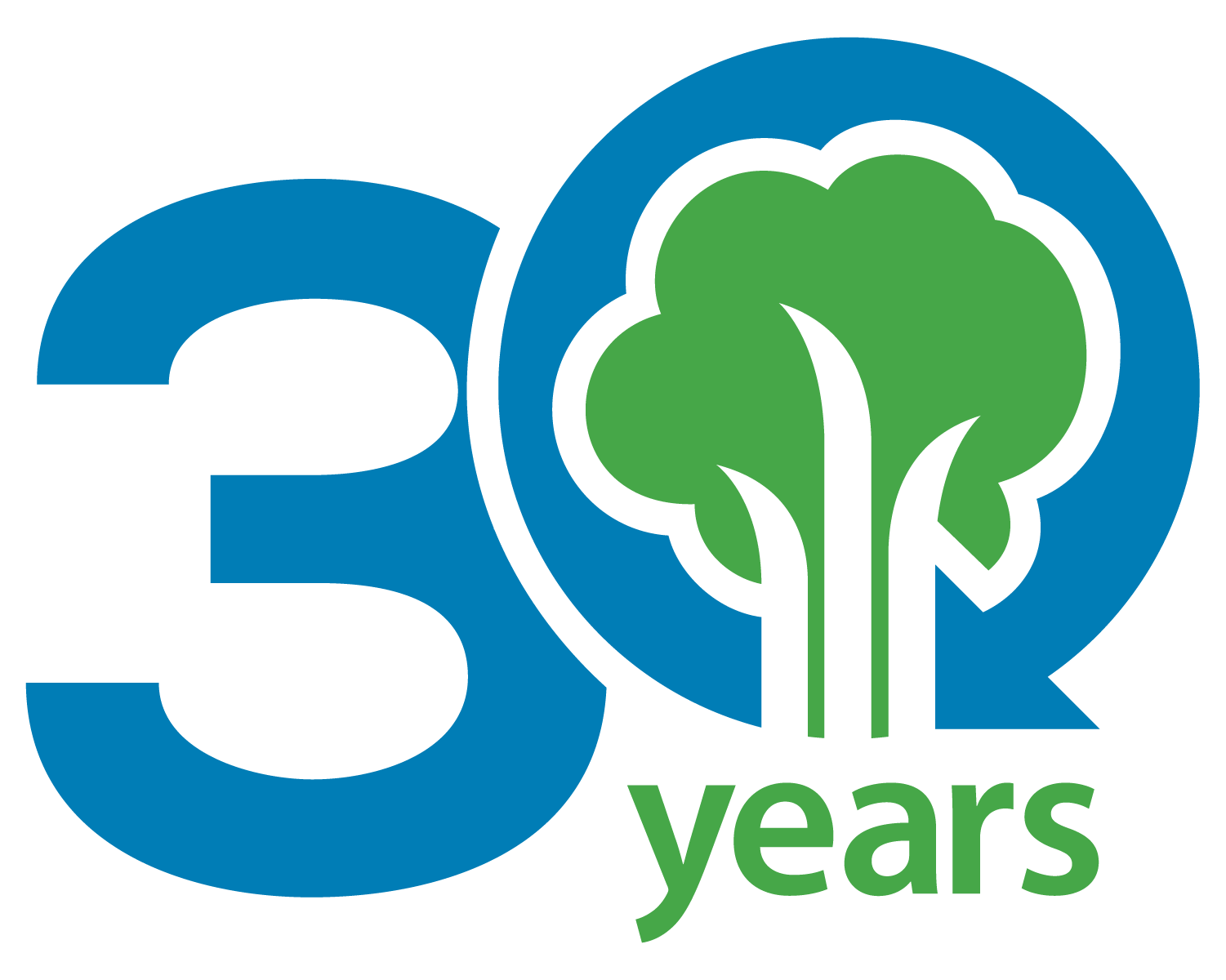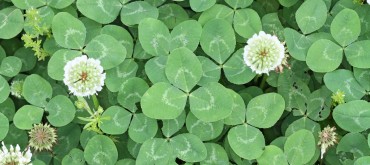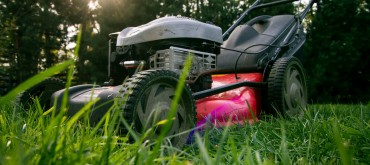A common question that our customer service team sees this time of year revolves around the existence of crabgrass that has managed to make its way into lawns and what can be done about it now that it is going to seed? This grassy weed is an annual grass that thrives in the hot and dry conditions of the mid summer months after germinating in the early spring. The good news now (and I am sure you are thinking, what could be good about this problem grass) is the fact that all annuals come to an end with the arrival of cooler temperatures this fall, triggering the plant to decline. This annual cycle gives us the opportunity to manage those areas starting in the early fall so that the lawn is more prepared to defend itself and prevent crabgrass the following spring.
The trick is that crabgrass seeds can only germinate in the spring if the conditions are just right and sufficient sunlight is able to reach the waiting grass seed. Based on that simple characteristic of crabgrass seeds, that is why it is so important to establish desirable grasses in the fall when crabgrass won’t germinate, providing the competition needed next spring to stop the cycle. If you are following our three macros for a healthy lawn; fertilizing regularly, watering deeply and infrequently, and mowing every 5-7 days no shorter than 3 inches, the crabgrass seeds that may reside within the soil will not get the opportunity to germinate. That being said, a very common location some homeowners may see crabgrass appear can be the edges of the lawn around the curbs, sidewalks, or driveways. This is a direct result of cutting too short, often with the use of string trimmers that don’t allow the user to control the cut height easily along the edge of the lawn. This exposes the soil surface in these areas to sunlight where the weed seeds will favor the conditions and sprout (especially given that the soil temperature will automatically be slightly warmer and drier by the hard surfaces that reflect heat). If the weeds are thriving sporadically throughout the lawn it tells us the lawn is having a hard time combating them suggesting either again improper watering, mowing, or possibly other variables like mower scalping a high spot or even general thin compacted turf (weak competition) that can allow for germination. Having a core aeration performed at least once a year can significantly help your lawn’s defense mechanisms as it gives the roots the ability to strengthen and expand to produce a thicker and healthier lawn.
So what can you do to assist your lawn if you are experiencing crabgrass this year? Unfortunately right now, not much. Mechanical removal doesn’t hurt, though is time consuming, however as discussed above come the fall as the annual grass declines you can look at renovating any problem areas giving you and your lawn the upper hand come next spring. It would also be beneficial if the lawn is appearing thin, to have a fall aeration booked as well.
If you are interested in discussing this further with our team or if you are considering any renovation options, please feel free to give our office a call! We offer aerations, good quality organic matter and grass seed, as well as professional examinations to help you achieve a greener lawn, healthier landscape, and better environment.





